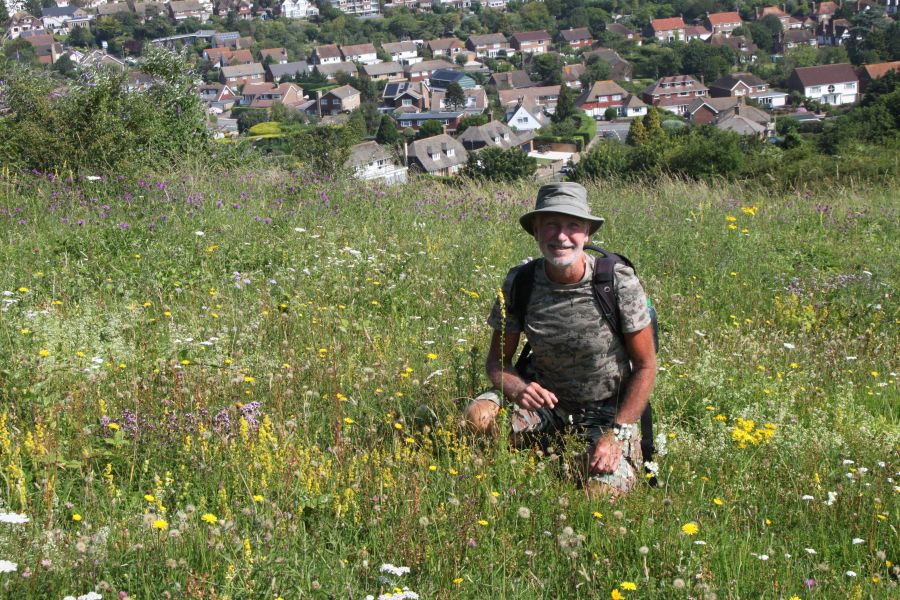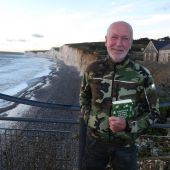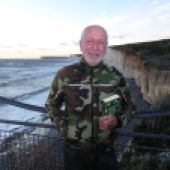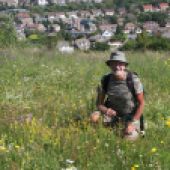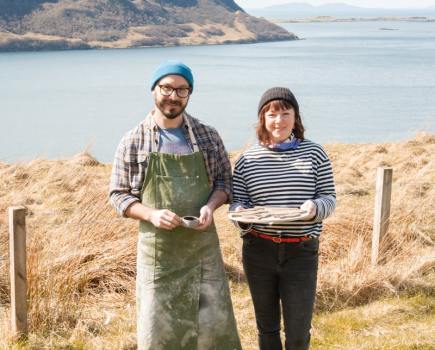Life on the coast is still a labour of love for a familiar figure who is still out and about working on pathways, despite his recent retirement. Words: SUSIE KEARLEY
You might have seen Simon Hurt pedalling his bicycle around Eastbourne’s parks, gardens, seafront, and on the South Downs. For over 20 years he was part of a team managing Eastbourne’s beautiful green spaces.
He’s recently retired but remains passionate about Eastbourne’s green heritage, both within the town and the surrounding countryside. The town has miles of Victorian seafront promenades, with striking flowerbeds, open coast and dramatic cliffs, including Beachy Head with its famous lighthouse.
“One of my favourite walks is across the Downs to Birling Gap where there’s access to the beach,” he says. Armed with a camera, he captures incredible views, wildlife, and dramatic weather. He’s photographed badgers, foxes, lizards, birds of prey, mice, adders, butterflies and moths, newts and water snails, as well as a fantastic variety of birds.
“The wild flower meadows are one of my favourite photographic subjects and they’re usually buzzing with the sounds of bees and hoverflies from May. I hear the wonderful sound of skylarks in the warmer months, even though they fly so high they can be hard to see,” adds Simon.
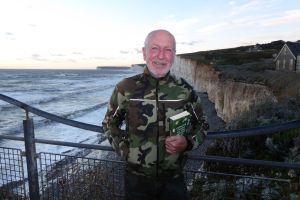
Simon uses the network of bridleways to get across the Downs to Seaford and Newhaven, west of Eastbourne. He also cycles along quiet routes to Bexhill and Hastings.
“Looking after the town’s green spaces was always enjoyable but often challenging,” he says. “The squeeze on public finances after 2008 resulted in several years of cuts so we had to be ever more resourceful to maintain the high standards we wanted for visitors and residents.
“During the worst of the Covid pandemic many more people began visiting the parks and countryside, creating management issues such as greater wildlife disturbance and the need to carry out more regular monitoring and repair works.”
Just before Simon retired in March 2021 his last major job was overseeing the felling of large sections of ash woodland affected by ash dieback.
Simon keeps busy in his retirement, immersing himself in photography, cycling, walking and nature conservation. “In early 2022, a friend and I decided to put our botanical expertise to practical use by starting a detailed botanical survey of a local Site of Special Scientific Interest. We’ve recorded well over 200 species so far and the project appears likely to continue into at least 2024”.
Even as I spoke to him, Simon was busy trying to identify a species of fungus that he’d found on cow dung, for the survey. That’s dedication!
For more interviews with some of our Coast characters, click here.

